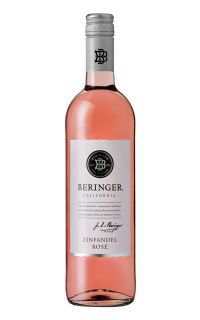The story of Beringer starts in 1868 in the hands of Jacob Beringer. At that time, Jacob shifted from Mainz in Germany and moved to New York to seek new opportunities that the new world could present to him. However, in 1869, he went to California when he heard that the fertile valley and hillside of the Napa Valley looked like his home back in Germany. It led him to become a cellar foreman in one of the initial commercial winemakers of the area named Charles Krug.
After accumulating enough money through his job, Jacob and Frederick, his brother, bought 215 acres. It remained right next to Charles Krug. The parcel named Los Hermanos became the foundation of the Beringer winery and estate. During their time, the two brothers oversaw and managed their first harvest in 1876. The two divided their jobs; Frederick served as the financier while Jacob worked as the winemaker.
Jacob and Frederick made approximately 18,000 cases of wines in Beringer’s first year of operation. In addition, they employed Chinese workers to reconstruct the first and second floors of the winery to accommodate fermentation tanks. In 1976, Beringer got named as a State Historic Landmark. It could get owed to its remarkable structure and significance in the history of California.
After Frederick and Jacob passed away in 1901 and 1915, respectively, Jacob’s children Bertha and Charles Beringer took over the management and functions of the winery. Beringer continued its business throughout Prohibition, irrespective of whether other wineries ceased their business. It used a federal license for the cause and made wines that served religious purposes.
Over the span and course of 145 years, Beringer made several significant changes and advancements in the wine industry. The upgrades that the winery brought about remain in operation to this day.
https://www.beringer.com
Find out more

















